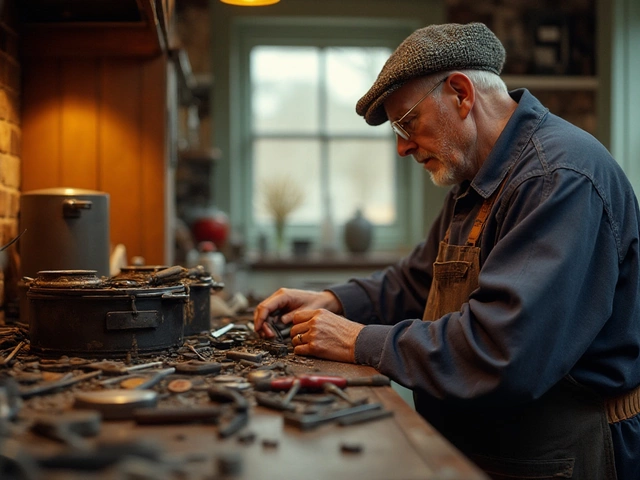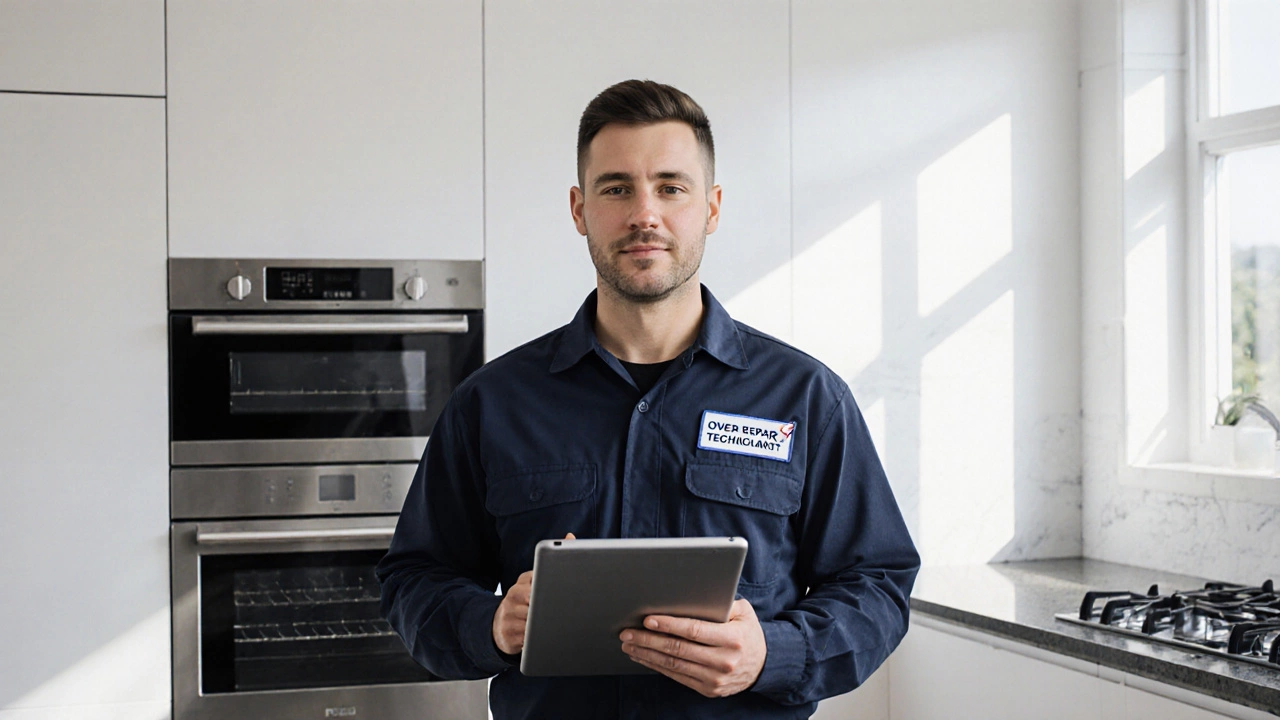Oven Repair: Everything You Need to Know
When dealing with Oven Repair, the process of diagnosing and fixing problems in kitchen ovens, both gas and electric. Also known as oven servicing, it keeps your cooking appliance safe and functional. A broken oven can ruin dinner plans, but the good news is most faults are fixable with the right know‑how. oven repair isn’t just about swapping parts; it’s about understanding how the main components work together so you can decide when to tackle a DIY fix and when to call a pro.
Key Components in Oven Repair
The heart of any oven is its Control Board, the electronic circuit that manages heating cycles and temperature settings. When the board fails, you might notice erratic temperatures or the oven won't heat at all. Replacing a control board often costs less than a full oven replacement, especially for newer models. Next up is the Heating Element, the metal coil that generates heat inside electric ovens. A burnt‑out element shows up as uneven cooking or a complete lack of heat. Finally, for gas ovens, the Gas Oven, the appliance that uses a flame to bake and roast relies on safe ignition and proper gas flow; leaks or faulty igniters are serious safety concerns.
These three pieces—control board, heating element, and gas system—form the core of most oven issues. Understanding their roles lets you spot patterns: a faulty control board often triggers error codes on the display, while a broken heating element will usually result in the oven staying cool regardless of settings. In gas ovens, strange smells or a clicking sound usually point to ignition problems. By matching symptoms to components, you can narrow down the cause quickly and decide whether a simple part swap will do the trick.
Beyond the hardware, the skill set of an Appliance Technician, a trained professional who diagnoses and repairs household appliances safely matters a lot. Technicians bring tools like multimeters for voltage checks, pressure meters for gas lines, and wiring diagrams that most homeowners don’t have on hand. While many minor fixes—like tightening a loose wire or cleaning a sensor—can be DIY, anything involving gas connections or high‑voltage components should be left to a qualified pro to avoid hazards.
Safety is a thread that runs through every repair scenario. For electric ovens, always disconnect power at the breaker before touching internal parts. For gas ovens, turn off the gas supply, ventilate the area, and use a leak detector after any work. These steps prevent shocks, burns, and carbon monoxide exposure. Remember, a well‑maintained oven not only lasts longer but also runs more efficiently, saving you money on energy bills.
Now that you’ve got a solid grasp on the main parts, typical symptoms, and safety basics, you’re ready to dive into the specific guides below. Whether you’re looking for cost estimates on a control board swap, step‑by‑step instructions for heating element replacement, or a checklist to decide if a 15‑year‑old oven is worth fixing, the articles in this collection cover every angle. Use the information here to assess your situation, plan your next move, and get your oven back in action without unnecessary stress.






